
Light Bulbs: Smart Bulbs, their benefits and features
Search
Main Article: Choosing the Right Light Bulb: Everything you Need to know
Smart Light Bulbs: What you need to know
One of the coolest advancements in modern lighting is the smart light bulb. These electronic bulbs allow you to control your home lighting with your smartphone, voice, or even smart home systems.
What does "Smart Home" mean?
A "smart home" refers to a home which features electronic connected devices that can be operated remotely or from an intelligent management software or app. These homes are often integrated with smart devices that communicate over the internet, allowing homeowners to manage everything from heating and cooling systems to security cameras and appliances through their smartphones or voice-activated assistants.
Smart light bulbs are a key component of the smart home ecosystem, providing advanced lighting control that can be customized to fit individual preferences and routines. By integrating smart bulbs into a smart home, you can create personalized lighting, automate lighting based on your schedule or occupancy, and enhance home security by simulating presence when you are away. This seamless integration of smart bulbs contributes significantly to the overall functionality and comfort of a smart home.
What Are Smart Light Bulbs?
Smart light bulbs are energy-efficient bulbs that connect to your home bluetooth or Wi-Fi network. Unlike traditional bulbs, they can be controlled remotely through a smartphone app or voice commands. They offer a variety of features that enhance your lighting experience and improve convenience.
A controller such as a smartphone, remote control or computer, can send signals to the smart bulb to tell it to change. The bulb can be switched on and off, have its brightness adjusted, and have its color changed to suit your mood.

Pros of Smart Light Bulbs
Convenience
One of the biggest advantages of smart light bulbs is convenience. You can control your lights from anywhere using your smartphone. If you forgot to turn off the lights before leaving home, you can do it with a tap on your phone.
Customization
Smart bulbs allow you to customize your lighting. You can change the brightness, color, and even create schedules for when your lights turn on or off. For instance, you can set your living room lights to turn on at sunset and off at bedtime.
Energy Efficiency
Many smart bulbs are LED bulbs, which are more energy-efficient than traditional incandescent bulbs. This means they use less electricity and last longer, saving you money on your energy bills in the long run. LED bulbs offer a bright light output while only needing a much smaller amount of electricity, saving money on energy bills and lasting longer than most other bulbs.
Integration with Smart Home Devices
Smart light bulbs can easily integrate with other smart home devices. If you have a smart speaker like Amazon Echo or Google Home, you can control your lights using voice commands. For example, saying “Turn on the living room lights” can activate your smart bulbs without you lifting a finger.
Enhanced Security
Smart bulbs can improve your home’s security. You can set them to turn on and off at specific times, making it look like someone is home even when you’re away. This can deter potential burglars.
Cons of Smart Light Bulbs
Cost
One of the main drawbacks of smart light bulbs is their cost. They are typically more expensive than traditional bulbs. While prices have come down in recent years, investing in a full set of smart bulbs for your home can still be pricey.
Dependence on Wi-Fi
Smart bulbs rely on a stable Wi-Fi connection to work. If your Wi-Fi goes down, you may not be able to control your lights. This could be frustrating if you are used to the convenience they offer.
Complexity
Setting up smart bulbs can be complicated for some people. You may need to download apps, create accounts, and connect the bulbs to your Wi-Fi. While most manufacturers provide guides, it can still be a challenge for beginners.
Privacy Concerns
Since smart bulbs connect to the internet, there are potential privacy concerns. Your data may be collected by the manufacturers for analytics or advertising. It’s important to read the privacy policies and understand how your information is used.
Limited Compatibility
Not all smart bulbs work with every smart home system. If you have a specific platform, such as Apple HomeKit or Amazon Alexa, you need to ensure that the smart bulbs you choose are compatible with it.
Key Features of Smart Light Bulbs
Color Options
Many smart bulbs offer a wide range of colors. The bulb itself contains usually red, green and blue dimmable LEDs. By changing the brightness of each bulb it can produce a mix, which is perceived as different colors. You can choose from millions of colors to create the perfect mood for any occasion. Whether you want warm white light for a cozy evening or bright colors for a party, smart bulbs have you covered.
Brightness Control
Smart bulbs allow you to adjust the brightness levels to suit your needs. This feature can help set the right atmosphere in your home, whether you need bright light for reading or dimmed light for a movie night.
Scheduling
You can set schedules for your smart bulbs, turning them on and off at specific times. This feature is useful for automating your lighting and ensuring your home is well-lit when you need it.
Remote Control
With a smartphone app, you can control your smart bulbs from anywhere. This means you can turn on the lights before you arrive home or check if you left the lights on while at work.
Voice Control
Many smart bulbs are compatible with voice assistants like Amazon Alexa, Google Assistant, and Apple Siri. This allows you to control your lights using simple voice commands, making it even easier to manage your lighting.
Grouping
You can group multiple smart bulbs together, allowing you to control several lights with a single command. For instance, you can create a group for your living room lights, making it simple to turn them all on or off at once.
Different Types of Smart Light Bulbs
A19 Bulbs
A19 bulbs are the most common type of smart bulb, designed to fit standard light fixtures. They typically have an E26 (medium) base, which is compatible with most household sockets in North America. This makes them ideal for general lighting in various rooms, including living rooms, bedrooms, and hallways. Their widespread availability ensures you can easily replace traditional incandescent bulbs with A19 smart bulbs without needing to change your fixtures.
BR30 Bulbs
BR30 bulbs are specifically designed for recessed lighting and track lights. They feature an E26 (medium) base, making them compatible with standard sockets used in many homes. With a wider beam angle, BR30 bulbs are excellent for illuminating larger areas, such as kitchens and dining rooms. Their design ensures that they can fit snugly into recessed fixtures while providing ample lighting.
PAR38 Bulbs
PAR38 bulbs are larger and designed for focused lighting, making them perfect for outdoor use or as spotlights indoors. These bulbs typically use an E26 (medium) base, which allows them to fit into standard sockets. Due to their robust design, they are commonly used in outdoor fixtures or for highlighting artwork and features inside your home. Their compatibility with standard fixtures ensures versatility in placement.
Smart LED Strips
Smart LED strips differ from traditional bulb shapes, as they come in flexible lengths that can be cut to fit specific spaces. Instead of a traditional socket, they usually connect via adhesive backing, allowing you to place them anywhere, such as under cabinets, behind TVs, or along staircases. Some LED strips come with their own plug-in power supply or use proprietary connectors for installation. Compatibility varies by brand, so it's essential to check that the strips work with your smart home system.
Smart Plug-In Bulbs
Smart plug-in bulbs are designed to directly fit into existing fixtures without requiring a traditional socket installation. They typically have a standard E26 (medium) base, making them compatible with most lamps and portable lighting solutions. This type of bulb is particularly useful for renters or those who want an easy way to add smart lighting without extensive modifications. The straightforward installation process allows you to transform ordinary lamps into smart ones quickly.
How Smart Bulbs Are Controlled
Smart light bulbs can be controlled in various ways, providing flexibility and convenience in how you interact with your home lighting. The primary methods of control include:
Smartphone Apps
Most smart bulbs come with their dedicated smartphone apps, allowing you to control all the features from your device. Through these apps, you can customize settings such as brightness, color, and scheduling. Some apps even allow you to create scenes that adjust multiple lights simultaneously. Installation guides are typically available within the app or on the manufacturer’s website.
Voice Assistants
Smart bulbs are often compatible with voice assistants like Amazon Alexa, Google Assistant, and Apple Siri. This means you can control your lights using simple voice commands. Setting this up usually involves linking your smart bulb to the voice assistant's app, where you can follow prompts to add devices. For detailed instructions, you can refer to the help sections of the respective voice assistant’s app or the manufacturer’s website.
Systems supporting Smart-Home Light bulbs
Amazon Alexa
Amazon Alexa is one of the most popular voice assistants compatible with smart light bulbs. To set up your smart bulbs with Alexa, you need to enable the respective skill for your bulb manufacturer in the Alexa app. Once enabled, follow the prompts to discover devices and control your bulbs with voice commands. For detailed setup instructions, check the support section on Amazon's official website or the bulb manufacturer's site.
Google Assistant
Google Assistant provides another user-friendly option for controlling smart light bulbs. Similar to Alexa, you'll need to link your smart bulbs through the Google Home app. This involves selecting the specific brand of your smart bulb and following the setup instructions. Google offers comprehensive guides on their support page, which can be very helpful if you encounter any issues during the setup process.
Apple HomeKit
For Apple users, Apple HomeKit allows seamless integration of smart bulbs into your home automation system. You can set up HomeKit-compatible smart bulbs using the Home app on your iPhone or iPad. Simply scan the HomeKit code provided with your bulb, and it will automatically add it to your home setup. Apple's support website provides detailed instructions for adding devices and troubleshooting any problems you might face.
Siri
Siri, Apple's voice assistant, works hand-in-hand with HomeKit for controlling smart bulbs. Once your bulbs are connected through HomeKit, you can issue voice commands to Siri for operations like turning lights on/off or adjusting brightness and color. For guidance on how to effectively use Siri with your smart bulbs, Apple's official support page is a reliable resource with step-by-step instructions.
Modernize your Home with Smart Bulbs
Smart light bulbs offer a blend of convenience, energy efficiency, and customization that can enhance your home lighting experience. While they come with some drawbacks, the advantages often outweigh them. Understanding the types, features, control methods, and compatibility with smart home systems can help you make informed decisions when choosing smart bulbs for your home. With proper setup and integration, you can enjoy the benefits of smart lighting for years to come.
Learn more about Light Bulbs
The different types of light bulb technologies
Choosing the right light bulb base for the socket
How to safely screw in various kinds of light bulbs
The different shapes of light bulbs
Smart Bulbs, their benefits and features
How to find the brightness of a light bulb
The different colors of bulbs, warm white, cool white and more
What are Full Spectrum and Natural Daylight bulbs?
What is Color Rendering Index (CRI), and why does it matter
How to avoid glare and harsh light
Wattage, what is it and does it matter?
When light bulbs get hot take safety precautions
How long do they last and when will they need replacing
How much do they really cost to run?
Explore Topics

Table of Contents
Light Bulbs: Smart Bulbs, their benefits and featuresSmart Light Bulbs: What you need to knowWhat does "Smart Home" mean?What Are Smart Light Bulbs?Pros of Smart Light BulbsCons of Smart Light BulbsKey Features of Smart Light BulbsDifferent Types of Smart Light BulbsHow Smart Bulbs Are ControlledSystems supporting Smart-Home Light bulbsModernize your Home with Smart BulbsLearn more about Light BulbsCommentsShopping Ideas
Trending
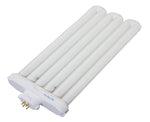
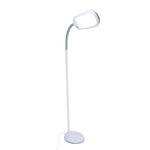

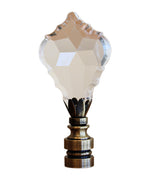

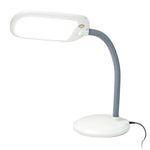




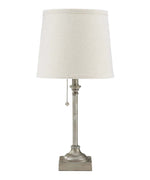


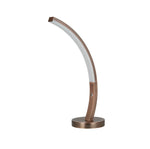
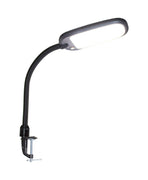


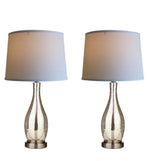
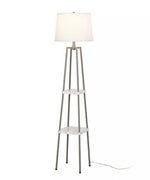










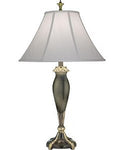

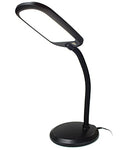


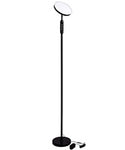

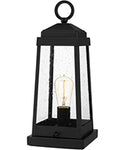
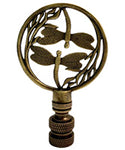
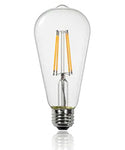
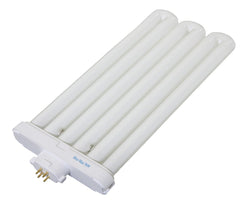
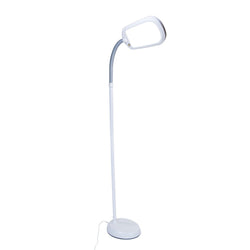
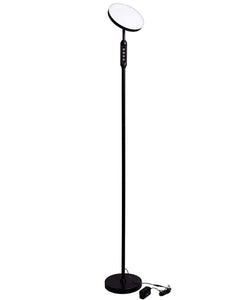
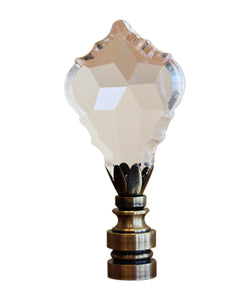


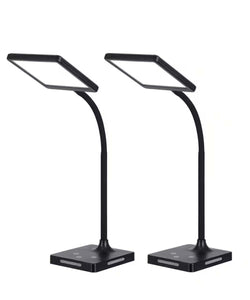

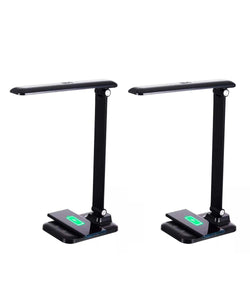


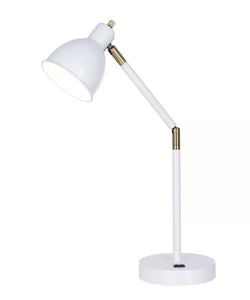
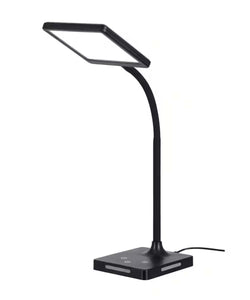

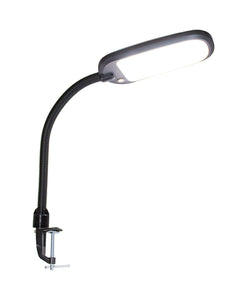

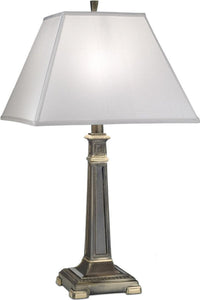

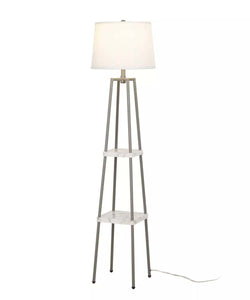
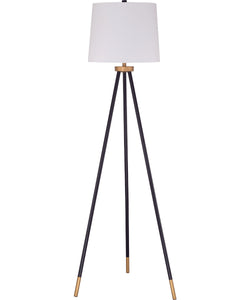
Comments